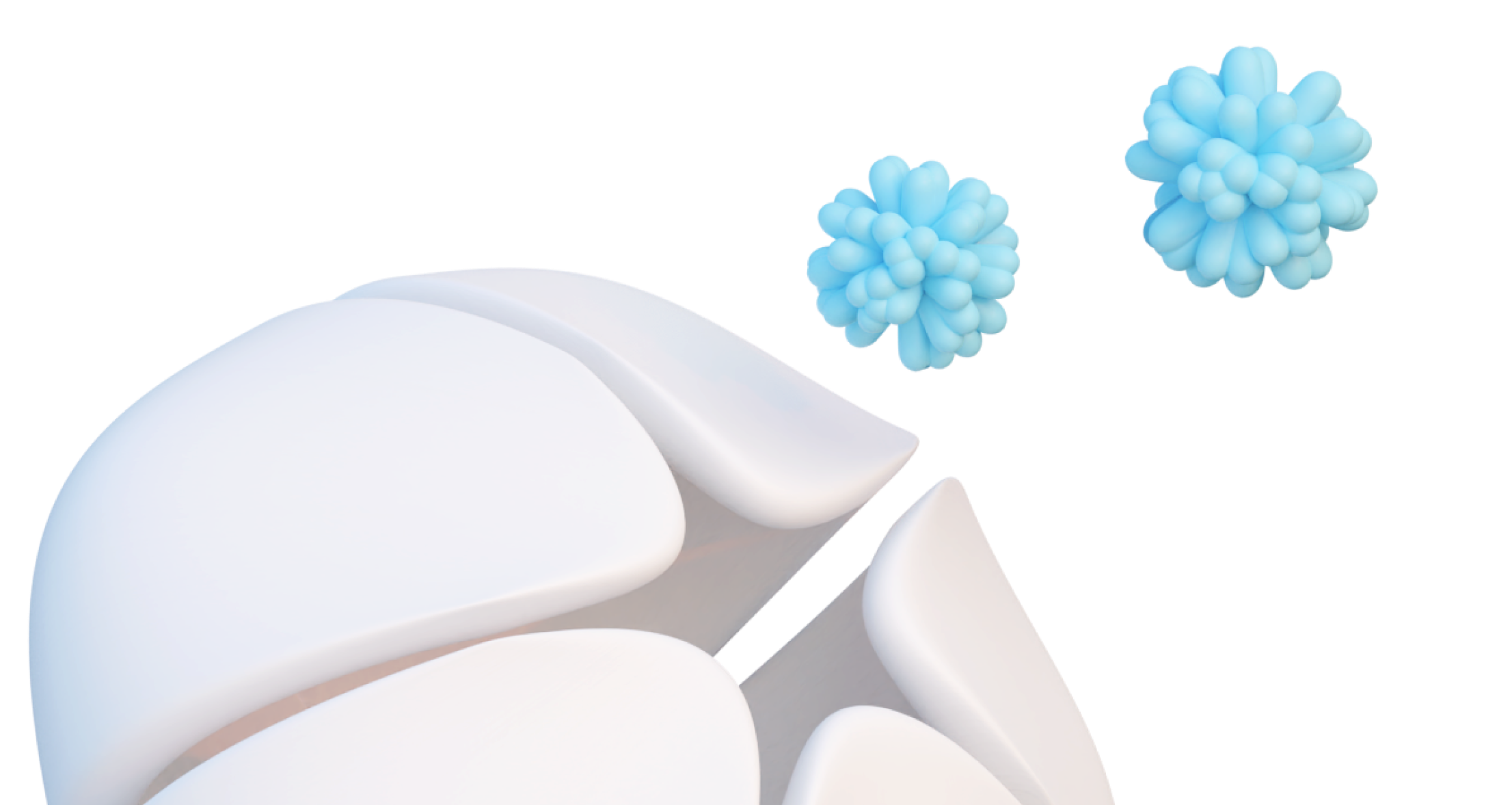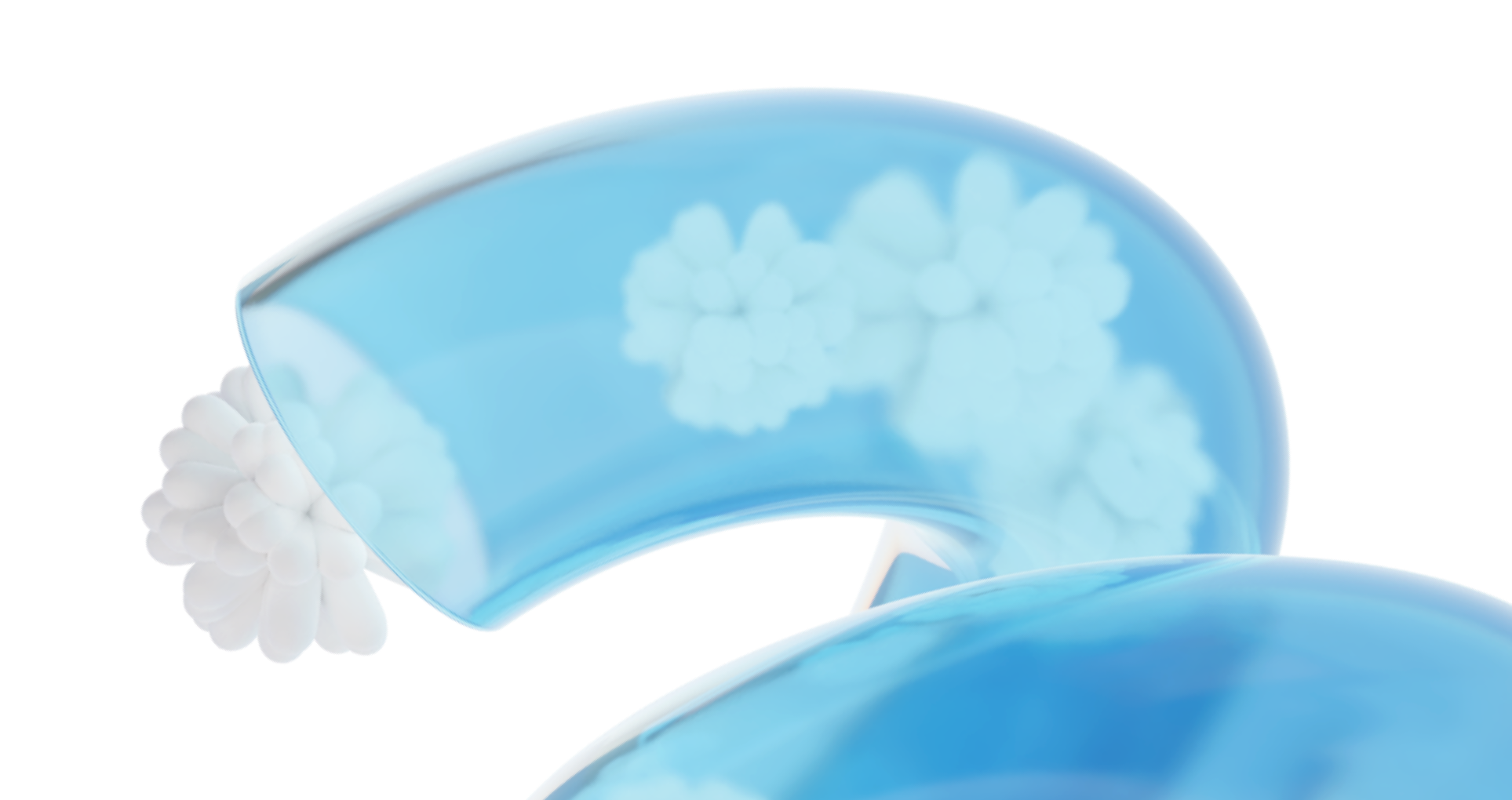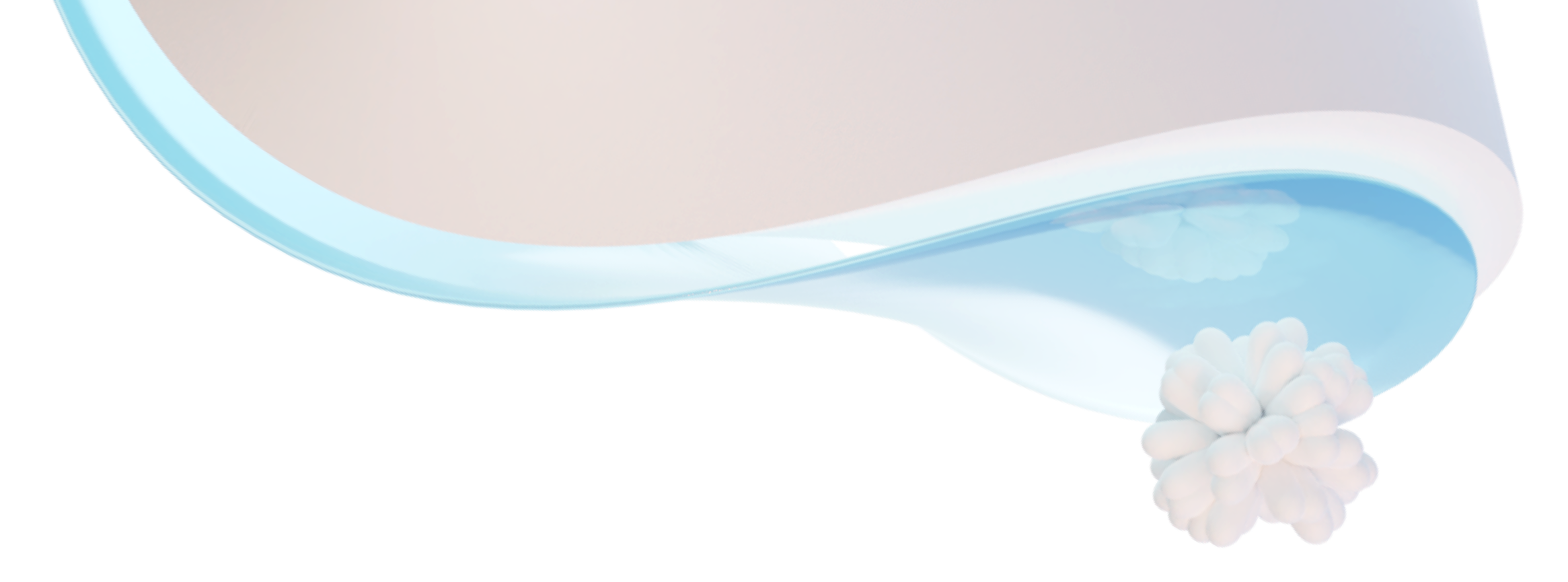For Patients
For Patients
Polyoxidonium affects the body in a complex way:
According to the results of international safety studies of the drug, Polyoxidonium is included in the clinical recommendations on the treatment not only in Russia, but also in Slovakia.
Polyoxidonium is used to treat a wide range of diseases. It is used in the treatment of ARVI, including influenza (the drug is recommended by the Federal Medical-Biological Agency, is specified in the clinical recommendations of the Ministry of Health of the Russian Federation). The drug is also used to treat inflammatory infections of the oropharynx, paranasal sinuses, upper respiratory tract, inner and middle ear, as well as to prevent immunodeficiencies.
The drug is also used as part of complex therapy to treat the coronavirus infection, allergies complicated by bacterial, viral or fungal infection, as well as inflammatory infections of the genitourinary system and female genital organs.
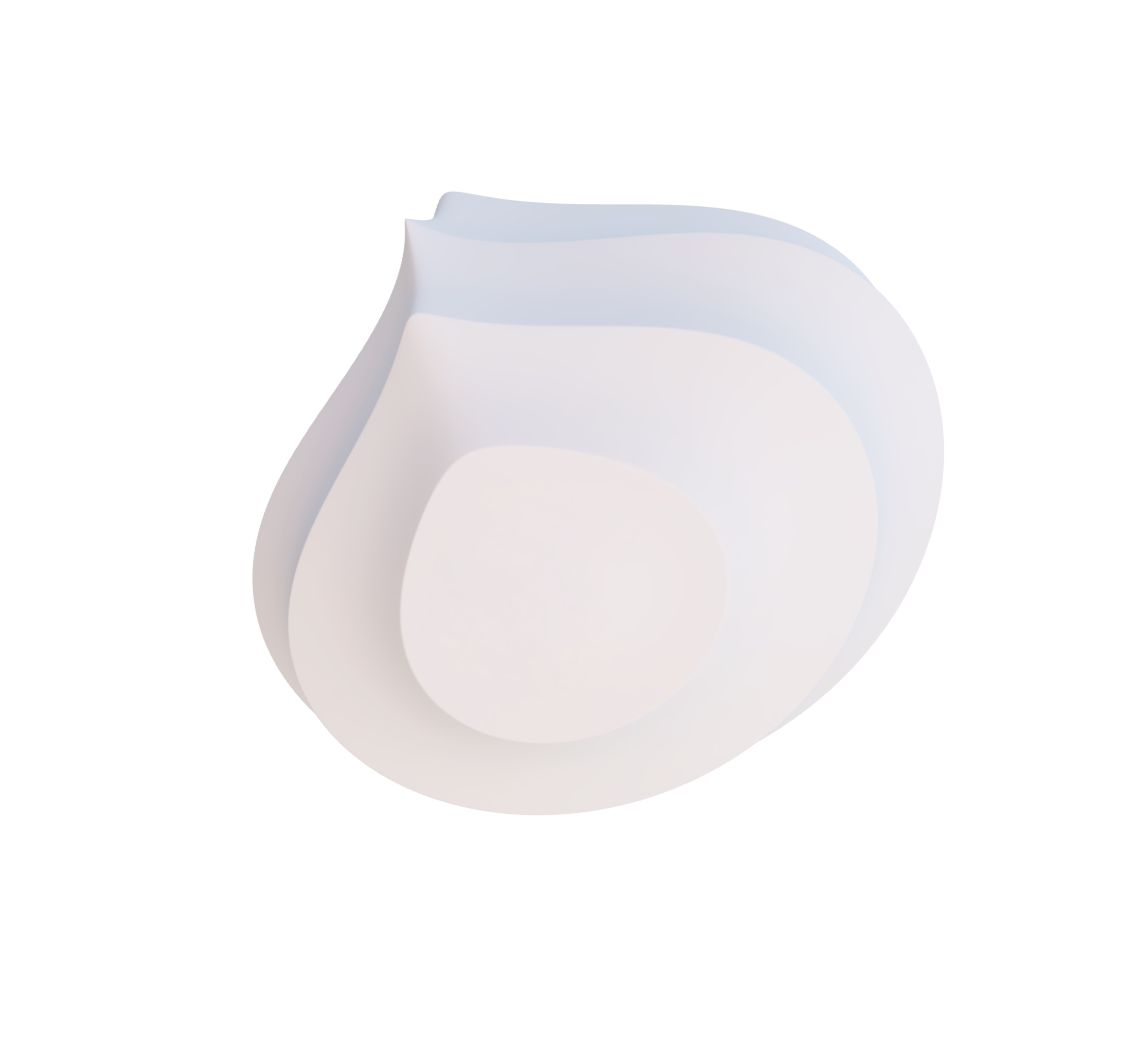
One tablet contains 12 mg of the active ingredient — azoximer bromide. This form is suitable for the prevention and treatment of ARVI and influenza, and the tablets can also be prescribed by doctors — ENT specialists, pulmonologists, allergists or immunologists. Tablets can be taken by children and adults.
| Dosage | Duration of administration | |
|---|---|---|
| Children from 3 to 10 years old | 1/2 tablet 2 times a day | 7 days |
| Children over 10 years old and adults | 1 tablet 2 times a day | 7 days |
| Dosage | Duration of administration | |
|---|---|---|
| Children from 3 to 10 years old | 1/2 tablet 1 time a day | 7 days |
| Children over 10 years old | 1 tablet 1 time a day | 7 days |
| Adults | 1 tablet 1 time a day | 10 days |
Take the drug 20–30 minutes before meals without drinking water with it. Place the tablet under your tongue and hold it there until dissolved. This way, the drug can activate local immunity and increase the bactericidal properties of saliva, providing additional protection against infections.
More details about the dosage and duration of use of Polyoxidonium tablets to treat other diseases can be found in the package insert.
Contraindications
to taking Polyoxidonium in tablet form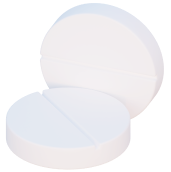
When using azoximer bromide in rectal and vaginal suppositories, the maximum concentration of the active ingredient in the body is reached already in an hour after taking the drug.
More details on the use of Polyoxidonium suppositories can be found in the package insert.
Contraindications
to taking Polyoxidonium in suppository form
Any medications, including over-the-counter medications, should be taken in strict accordance with the instructions. If adverse reactions occur or if your condition worsens, you should consult your doctor.



